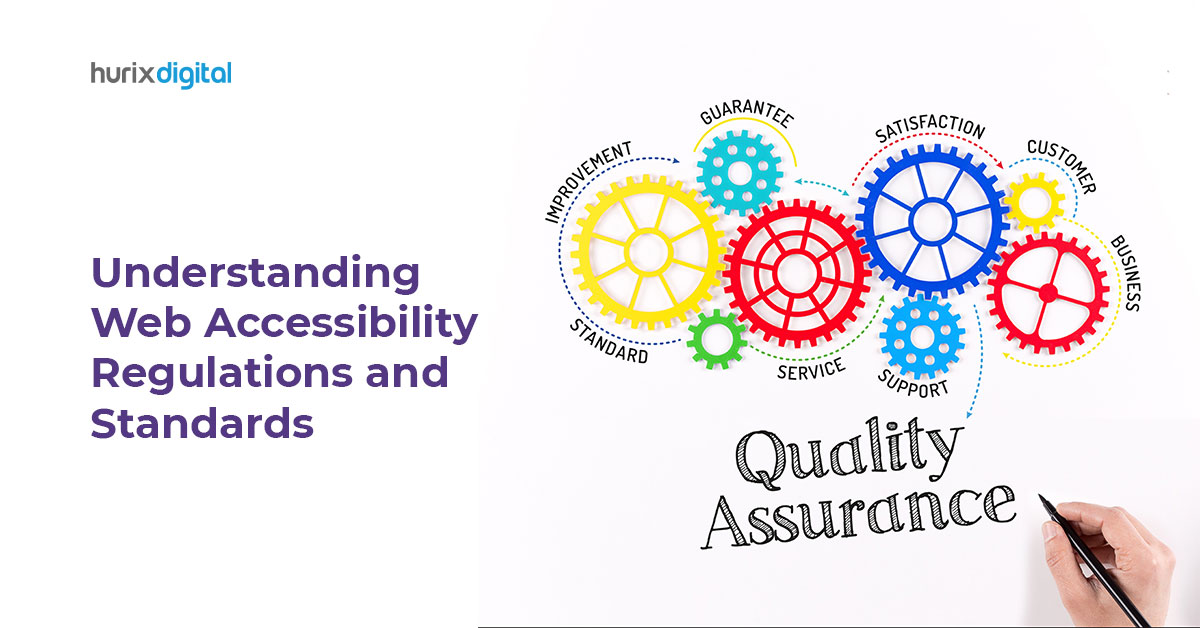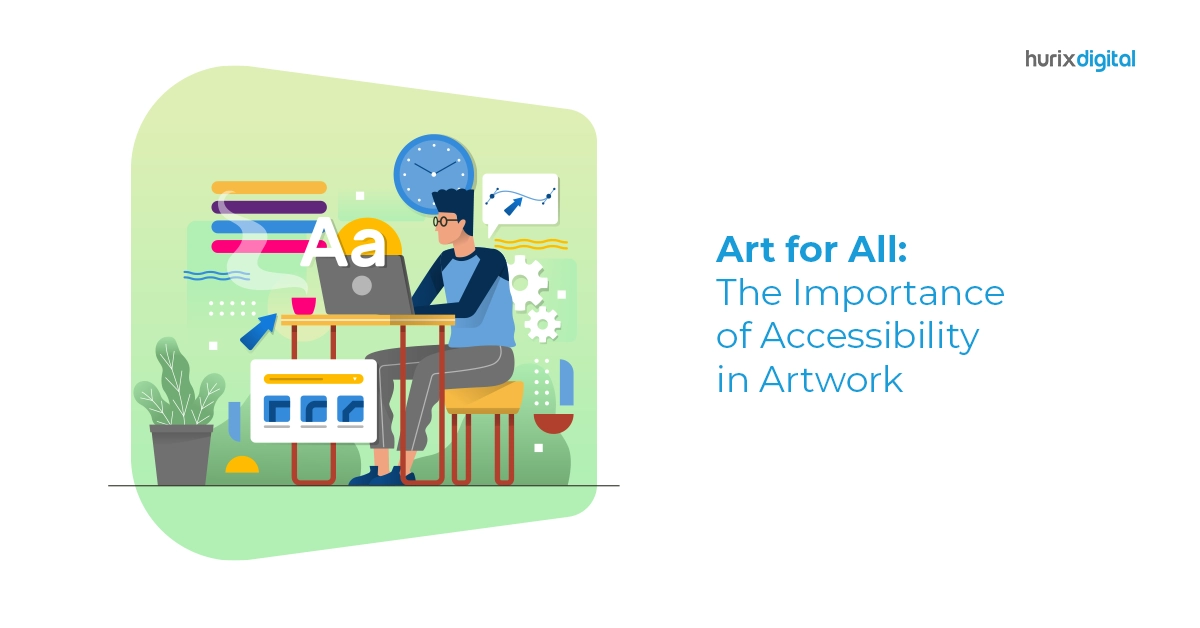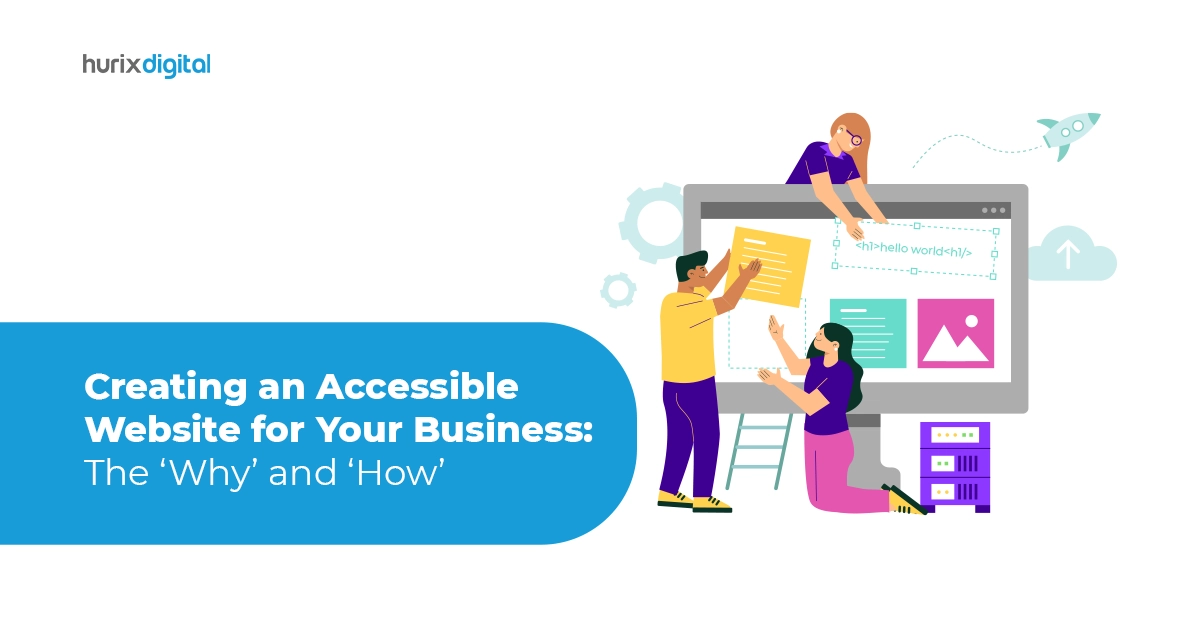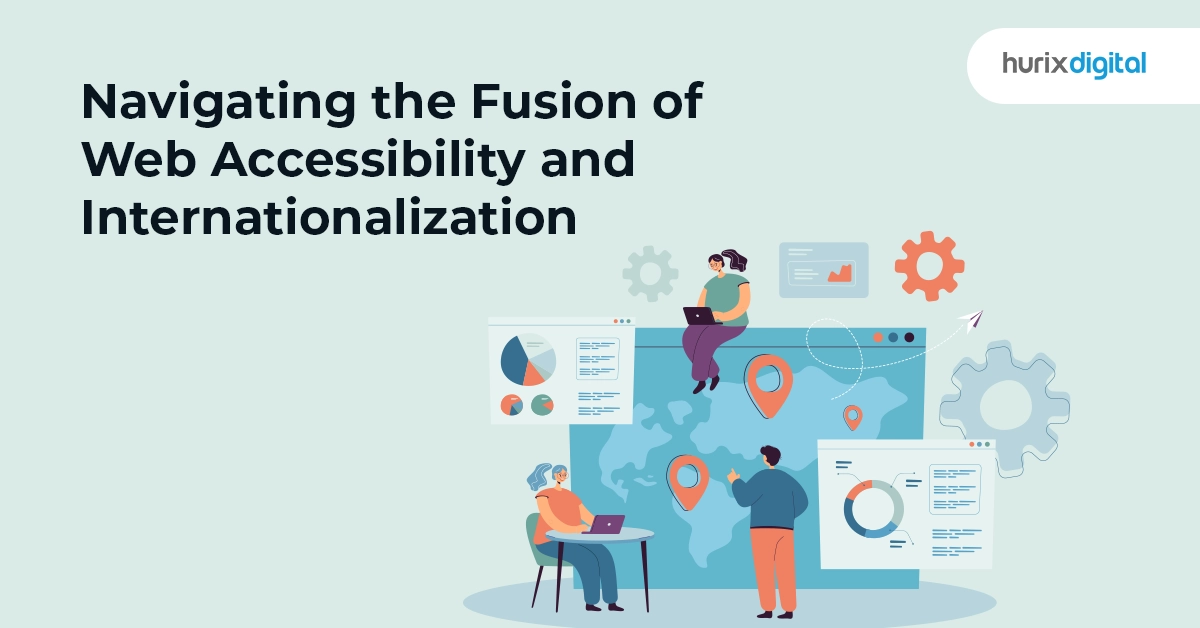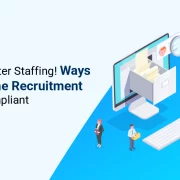
Understanding Canada’s Accessibility Laws — What Businesses Must Know
The demand for accessible products and services around the world is growing. However, accessibility is a significant barrier preventing citizens with limitations – from mobility physical and learning challenges, from getting equal access.
Even today, people with disabilities in Canada have limited access to education, employability, and other types of relevant products and services. The Accessibility Canada Act (ACA) was launched to change this status quo.
The Act mandates that organizations must invest resources in building accessibility, thus raising awareness of accountability and, in turn, offering accessible services and products for persons with disabilities.
In this blog, we deconstruct Canada’s accessibility laws, explain how businesses can build digital accessibility in an internet-driven world, and discuss the benefits of making their products and services accessible.
Table of Contents:
- What is the Accessibility Canada Act?
- Key Organizations Impacted By ACA
- Canada Accessibility Laws
- Canada Website Accessibility Standards
- Web Accessibility and the ACA
- Benefits of Complying with The ACA
- How to Drive Web Accessibility in Canada?
- Leverage the Right Technology
- In Conclusion
What is the Accessibility Canada Act?
The Canadian Charter of Rights and Freedoms aims to offer all Canadians equal rights without discrimination. Yet, lack of access in various spheres of life – from education and employment to public transport and digital access – prevents people with disabilities from enjoying the same rights and freedoms.
Launched in 2019, the Accessibility Canada Act (ACA) aims to remove all barriers for people with disabilities residing in Canada by January 1, 2040.
Canada’s accessibility act website states that the key areas where equal access needs to be designed and delivered comprise:
- Built environments such as buildings and public spaces
- Employment
- Information and communication technologies
- General communication
- Access to goods, services, and facilities
- Access to key programs and service
- Access to all forms of transportation within Canada and across international borders.
Under communication, the Act recognizes American Sign Language, Quebec Sign Language, and Indigenous sign languages used by people who are deaf or hard of hearing.
The Act is playing a major role in raising the standards of Canada’s accessibility laws.
Key Organizations Impacted By ACA
Several organizations are mandated to follow ACA guidelines. These comprise:
- All federal government departments and agencies
- Both state-owned and privately managed Crown corporations
- Sectors such as telecommunications, postal services, railways, banking, radio, and television broadcasters, among others, are federally regulated.
Privately owned organizations such as corporations, startups, and small businesses are not mandated to follow the ACA guidelines.
However, contemporary organizations are realizing that building accessible products and services comes with several advantages. It is not merely a social cause that benefits underserved consumers or a step to be taken to adhere to ACA compliance.
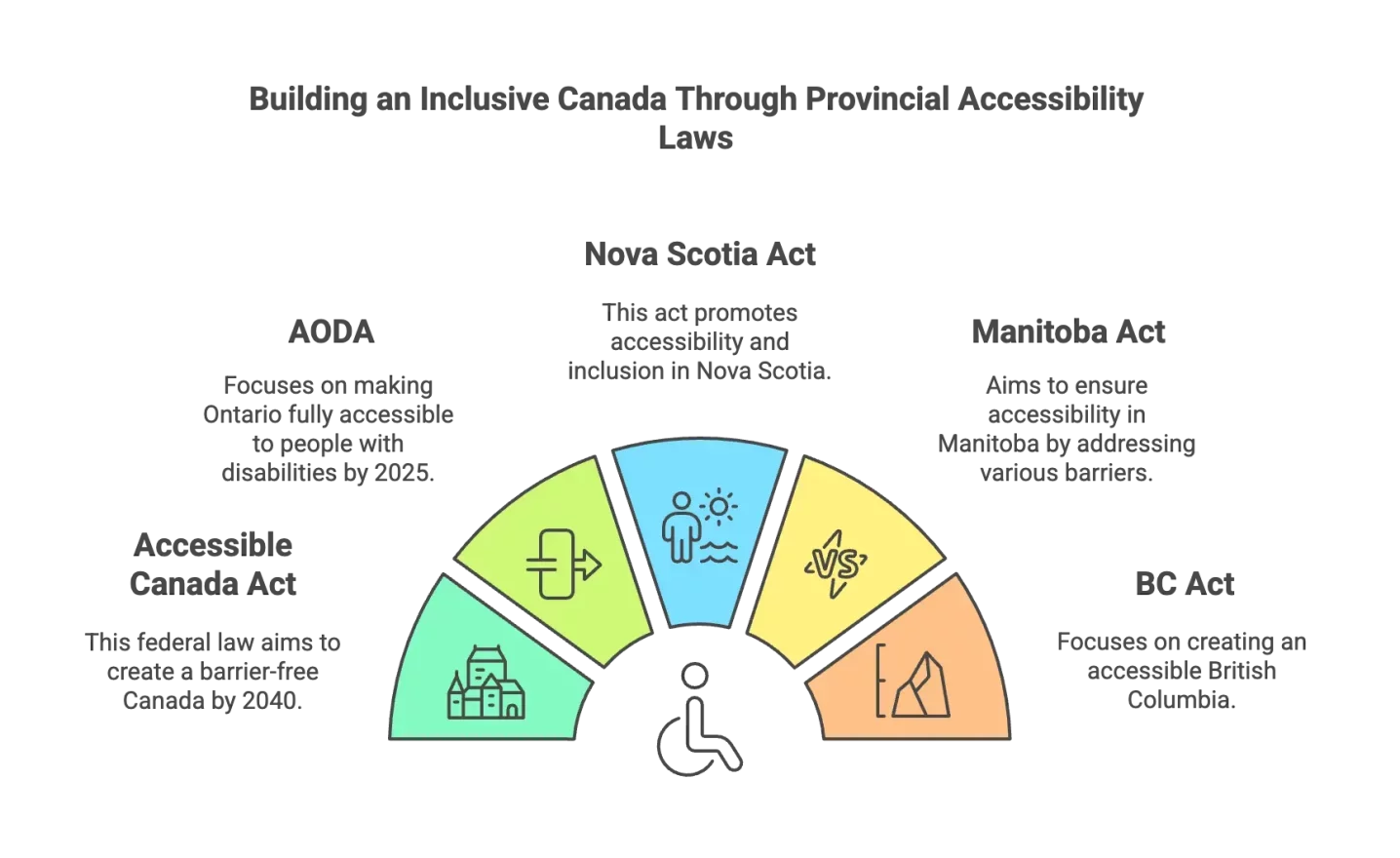
Canada’s Accessibility Laws
We list down everything you need to know about Canada’s Accessibility Laws:
1. Accessible Canada Act
The Accessible Act, or ACA, was passed on 21 June 2019 by the House of Commons and Senate of Canada. It is also known as Bill C-81 and aims to remove barriers people with disabilities face across various sectors in the country. The Canadian Survey on Disability reveals that 22% of Canadians have at least one disability. Consequently, the ultimate aim of the bill is to ensure a barrier-free Canada by 2040.
The Accessible Act mandated all government and private sector organizations to publish progress reports regarding their plans to promote and promise accessibility. The Canadian Transportation Agency and Canadian Human Rights Commission were also mandated to implement mechanisms and indulge in strict monitoring to address accessibility barriers. Organizations and federal offices that fail to comply with the guidelines can face a fine of up to $250,000.
2. Accessibility for Ontarians with Disabilities Act (AODA)
The Accessibility for Ontarians with Disabilities Act was passed in 2005 to make Ontario accessible to differently abled individuals by 2025. This is provisional and applicable to government and privately run organizations in Ontario. The first and the most important standard developed under this Ontaria Accessibility Act mandated all organizations and individuals to provide reliable customer services to people with disabilities.
Another important regular under AODA is the Integrated Accessibility Standards Regulation (IASR) which is a comprehensive guideline. It combines all the accessibility standards, like transportation, information & communication, customer service, etc., under one regulation. Failure to comply with this act can result in a fine of up to $100,000 for organizations and $50,000 for individuals.
3. Nova Scotia Accessibility Act
The Nova Scotia Accessibility Act was passed by the government of Nova Scotia in 2017 to make the province barrier-free for disabled individuals by 2030. The major accessibility standards addressed by the act included goods & services, IT & communication, transportation, employment, education, and built environment.
The Nova Scotia Accessibility Act also focuses on implementing WCAG 2.0 AA requirements through more inclusive websites. Failure to comply with this act results in a fine of up to $250,000. To help organizations and web developers improve web accessibility and avoid penalties, the Nova Scotia government offers various grants and stipends.
4. Accessibility for Manitobans Act
The Accessibility for Manitobans Act, or AMA, was passed in December 2013 to improve inclusivity for differently abled individuals in Manitoba by 2023. The act focused on five fundamental areas of daily life and public spaces: customer service, employment, IT & communication, design of public spaces, and transportation.
The Accessibility for Manitobans Act is based on the requirements of the Manitoba Human Rights Code. The code includes equal opportunity, full economic independence, and social integration for all individuals. To verify the act’s effectiveness, the AMA mandates a comprehensive review every five years by the minister of the AMA.
5. Accessible British Columbia Act
The British Columbia Act, also known as Bill 6, was implemented in 2021 to remove each barrier that impedes equal participation in society of people with disabilities. It focused on barriers caused by technology, architecture, policies, societal attitudes, and environments. Like other Canada’s accessibility laws, Bill 6 mandates a comprehensive review of the act regularly. The first independent review of the act is to be conducted by 31 March 2026.
Under the act, the organizations are directed to develop robust inclusivity, keeping the six major principles in mind: inclusion, adaptability, diversity, collaboration, self-determination, and universal design. The bill also officially recognized American Sign Language and Indigenous Sign Language to promote accessibility for disabled individuals.
Canada Website Accessibility Standards
The 2011 Canada’s accessibility laws for the Web mandated that all Canadian websites and mobile applications strictly follow WCAG 2.0 level AA requirements. WCAG has three conformance levels: Level A (minimum compliance), Level AA (moderate compliance), and Level AAA (maximum compliance).
To comply with Canada’s Accessibility Law Standards, all businesses, corporations, organizations, and government agencies should follow the web content accessibility guides (WCAG) laid out by W3C. W3C, or Worldwide Consortium, is an international community founded by Tim Berners Lee in 1994 to create universal web accessibility standards and guidelines promising accessibility, usability, and compatibility to all users.
The four pillars of WCAG 2.0 are perceivable, operable, understandable, and robust, collectively referred to as POUR. They ensure that all digital platforms are accessible to everyone and that users can comprehend information.
Web Accessibility and the ACA
Access to digital communication is one of the most basic services consumers require today. World Wide Web Consortium’s Web Accessibility Initiative published the Web Content Accessibility Guidelines (WCAG) to help make web accessibility an equal opportunity.
WCAG is part of a larger series published by the Consortium, a key global organization setting the standard for internet usage. The guidelines recommend how web content can be accessible to a broader spectrum of consumers with various challenges through various communication content formats, tools, features, and functionalities.
The first edition of guidelines WCAG 2.0 was published in 2008, followed by WCAG 2.1 in 2018 and WCAG 2.2 in 2023. Currently, the ACA requires that all federally run organizations and sectors and privately owned Crown corporations adhere to WCAG accessibility standards.
Benefits of Complying with The ACA
Though privately owned organizations are not mandated to follow ACA guidelines, all businesses should embrace this shift and build accessible products and services. The staggering numbers make a great case for inclusive business strategies.
For instance, as of October 2022, Canada had 37 million internet users, which is expected to grow to 39 million by 2024, reaching over 99% of the population. Around 71% of Canadians already own at least one smart device in their home. Also, over 6.2 million Canadians have a permanent or temporary, visible or invisible disability as of 2023.
With such a highly digitally savvy population, businesses can reach a broader demographic by serving underserved segments such as people with disabilities. They can drive more traffic to their web pages and engage these audiences.

How to Drive Web Accessibility in Canada?
Businesses need to take several steps to make their products and services accessible:
1. Understand the Market
Many businesses do not have a clear idea about the challenges experienced by people with disabilities.
They are also unaware of the diversity of disabilities that impact consumers – from visibility challenges and reading difficulties to deafness and speaking struggles. Getting savvy about limitations is a good first step.
2. Build Policies Around Accessibility
Building an inclusive policy across the board can help businesses simplify the process. For instance, hosting accessibility train can improve problem-solving and build relevant products.
This work must also not be done with a charity mindset but as an opportunity to build high-quality products for an underserved audience.
3. Adopt a Universal Design Approach
Today, businesses can build fully accessible products that cater to a wide audience without designing separate products for diverse audiences. This concept has come to be known as universal design.
For instance, an eBook with video content, audio representation, infographics, animated content, and a live simulation can be consumed by a wide audience, as opposed to a paper book.
Leverage the Right Technology
Businesses can apply universal design principles and build superior products by using solutions that combine the power of artificial intelligence, machine learning, and automation.
For instance, a digital publishing platform enables publishers, marketers, and influencers to create and distribute content in an accessible way. This is a unified, cloud-based solution that expedites the time and effort it takes to build content while also ensuring that it follows digital accessibility guidelines.
Content can be made highly interactive and intuitive, catering to all audiences with limitations.
In Conclusion
Building accessible products and services is one of the best practices businesses adopt today. In Canada, accessibility laws are nudging enterprises to leverage technology to take affirmative steps toward becoming part of an accessible world.
Proper accessibility and inclusion is a right each individual should have, regardless of their abilities. If you want to learn more about the Canada Accessibility Act, you can visit the official website.
If your business aims to build accessible content, Hurix Digital has the technology to support your business goals.
Contact us and benefit from the best corporate learning solutions.

Vice President – Digital Content Transformation. He is PMP, CSM, and CPACC certified and has 20+ years of experience in Project Management, Delivery Management, and managing the Offshore Development Centre (ODC).
